Last week, on my walk with Bob, we had changed plans at last minute due to a total fire ban and the closure of tracks in Royal National Park. This week we decided to not do the Royal National Park walk due to forecast cool wet weather. Instead, we settled on a visit to the Lapstone Monocline and check out new work on the tracks and lookouts.
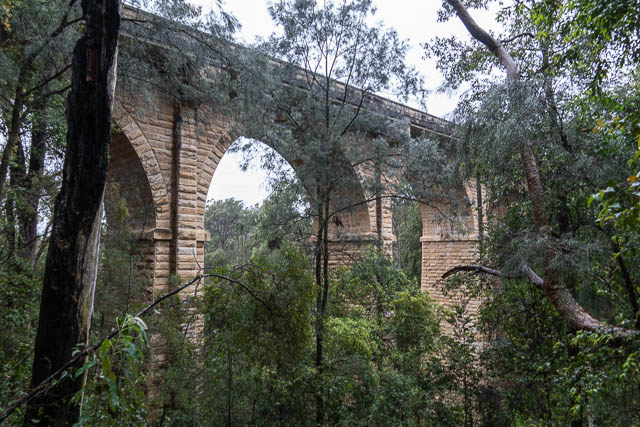
So Bob drove up to Glenbrook,and after a coffee stop, we parked at Knapsack Park, a large sports ground, and then were soon walking into Knapsack Reserve.
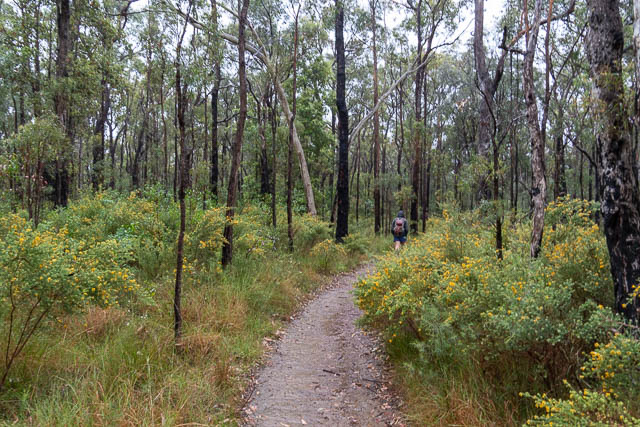
I was pleased to spot a nice orchid –
Red Beard Orchid – Calochilus paludosus
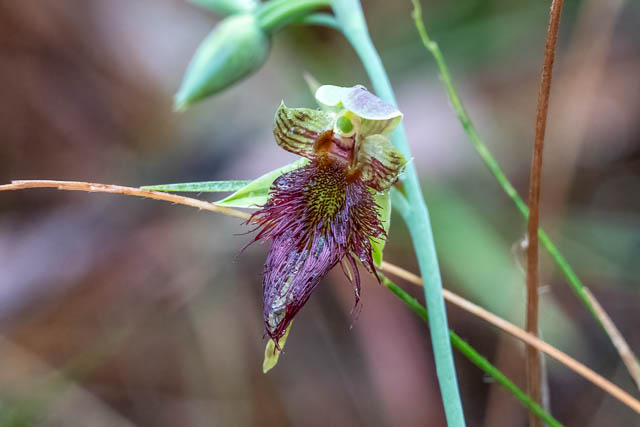
There is a maze of tracks that take you through please woodland.

Red Beard Orchid – Calochilus paludosus
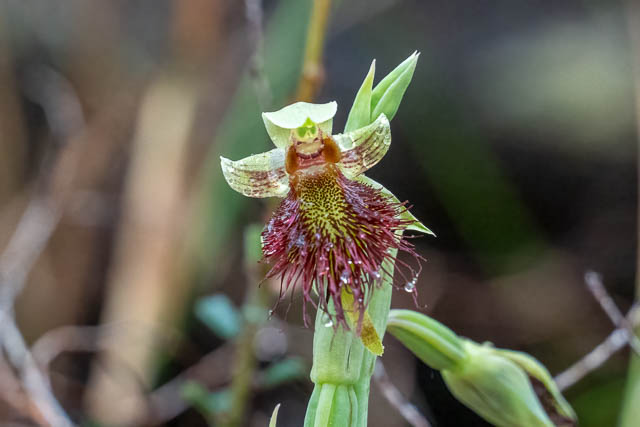
We descended down to Lapstone Creek and kept a lookout for some Aboriginal sharpening grooves. They were easy to find –
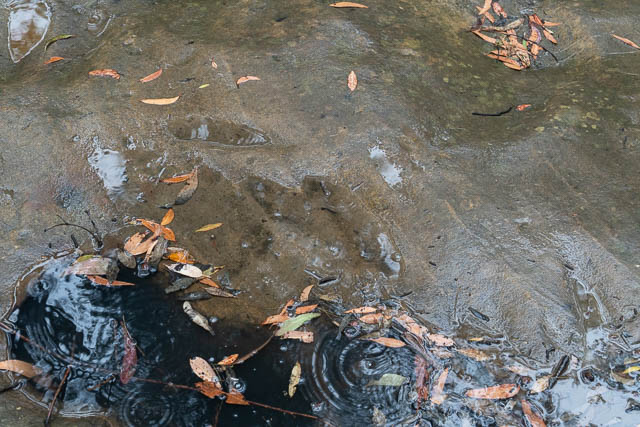
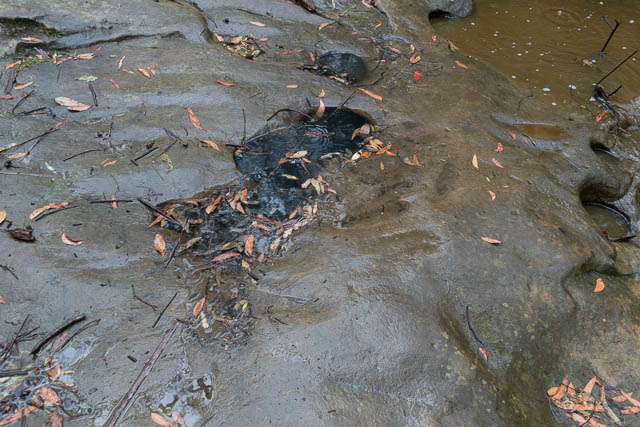
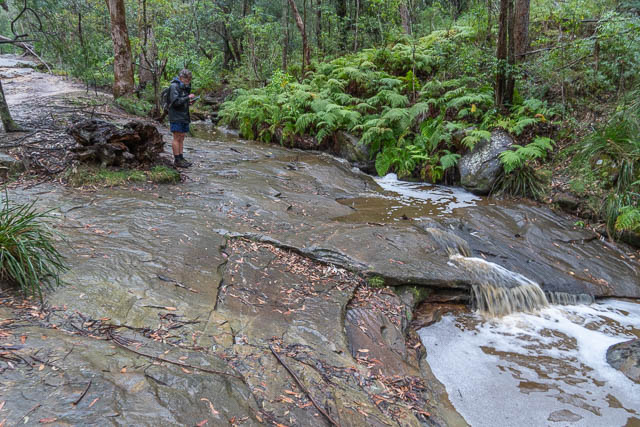
And a little further along, we reached the historic Lennox Bridge. It is the oldest bridge in mainland Australia – 1833
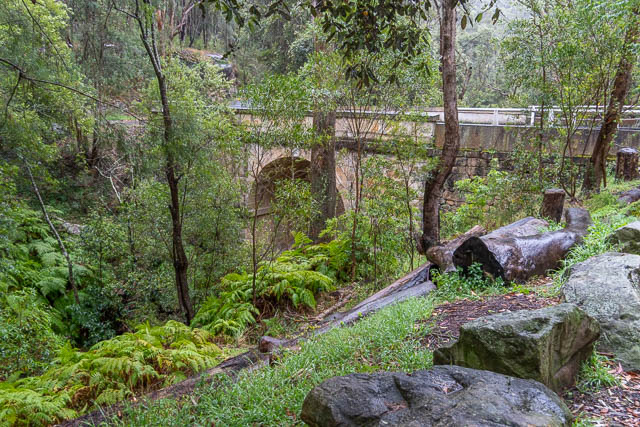
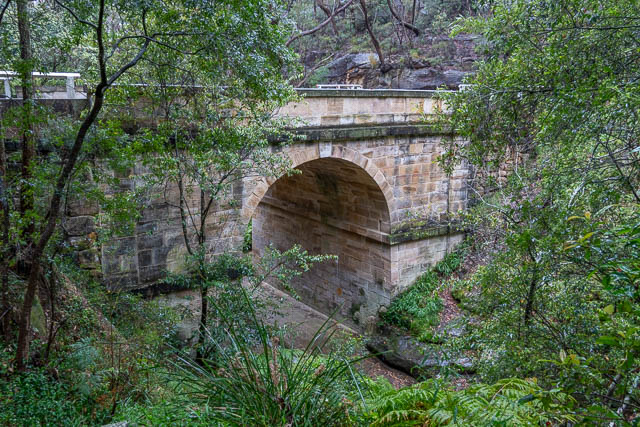
And then we backtracked a short distance and climbed up some new steps –

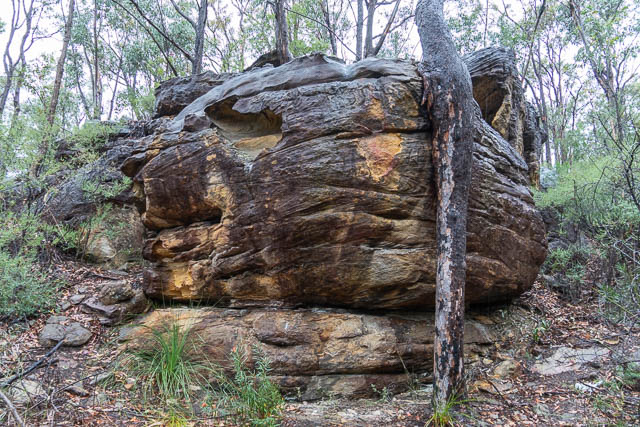
The track took us to Marges Lookout –
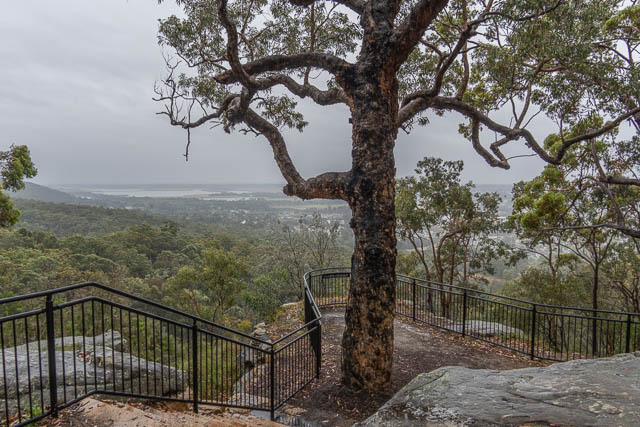
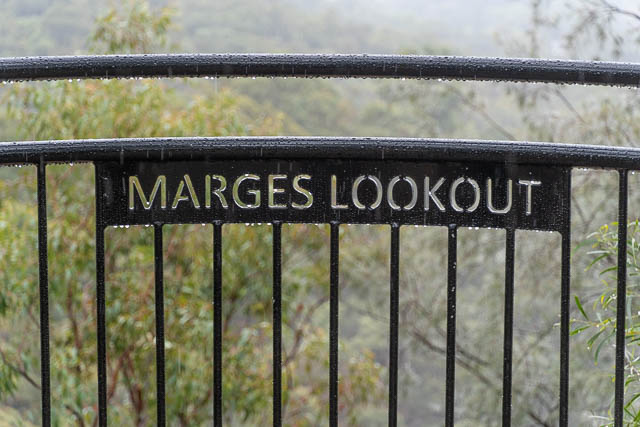
And from there we followed a road to Elizabeth Lookout.
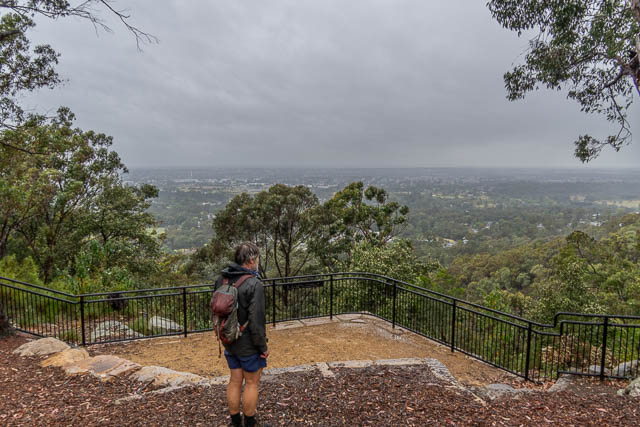
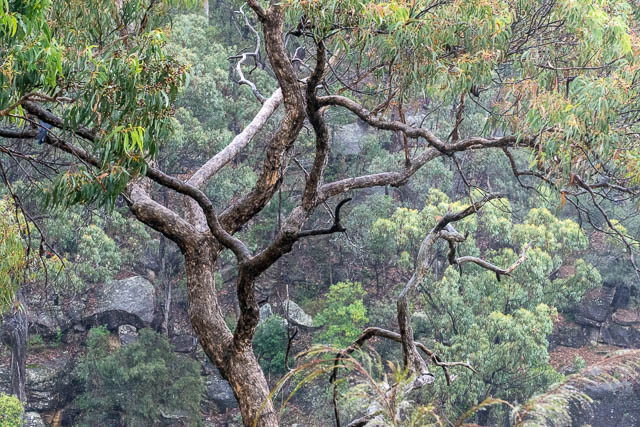
Next, we descend on nice new stairs towards Knapsack Gully.
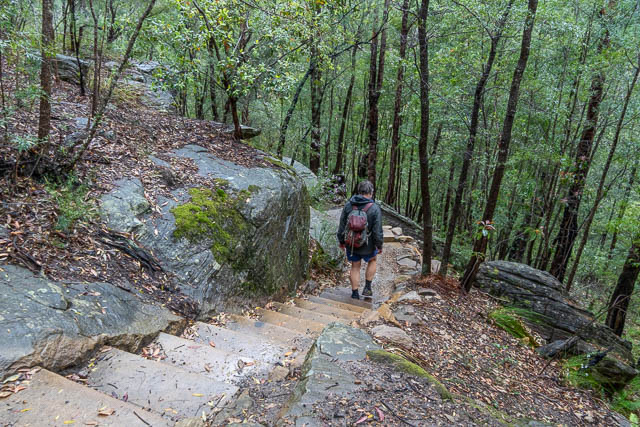
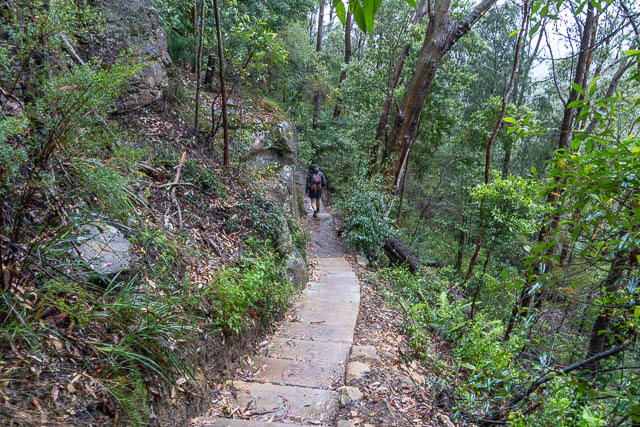
Comesperma ericinum
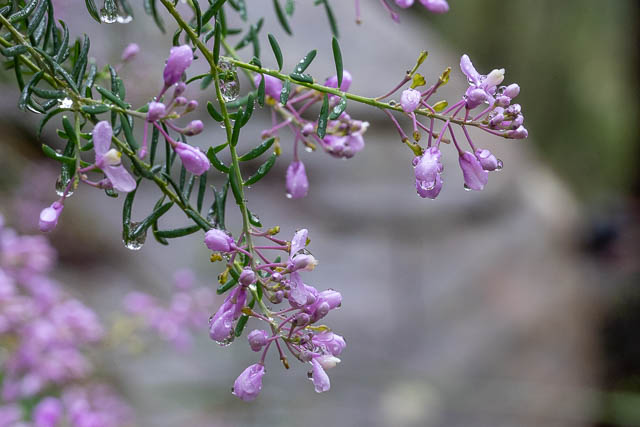
Rock Orchid
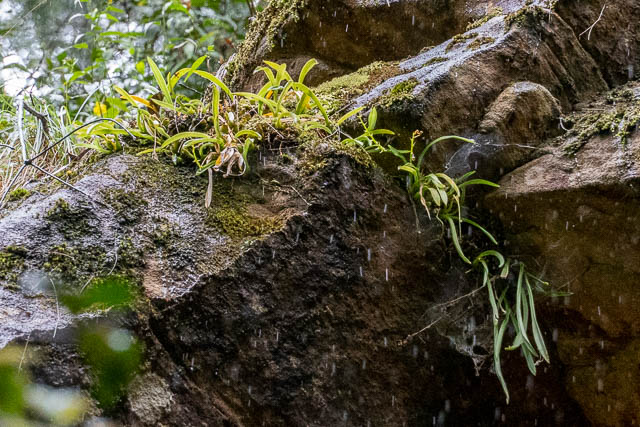
And we soon reached the Knapsack Viaduct.
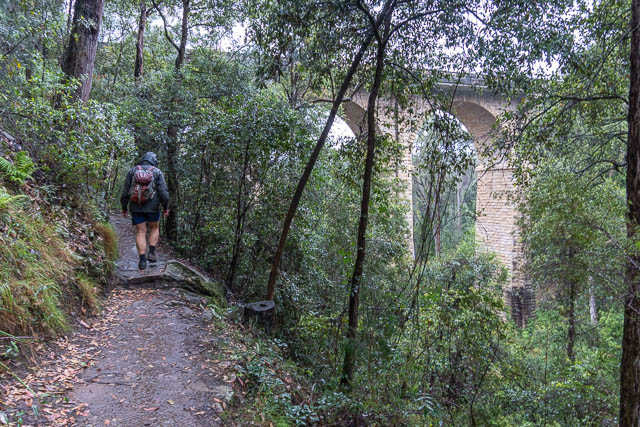
When built, around 1867, it was the greatest viaduct in NSW.
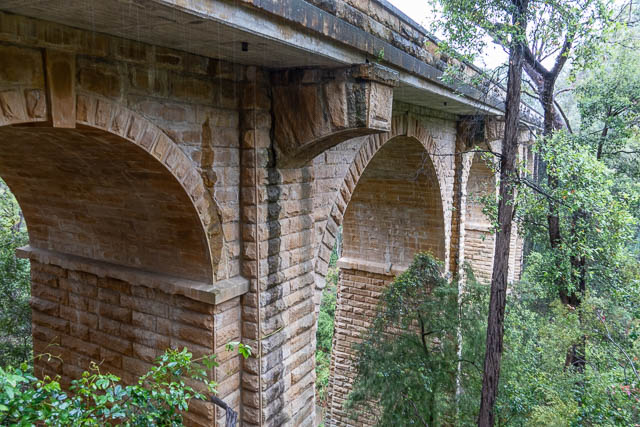
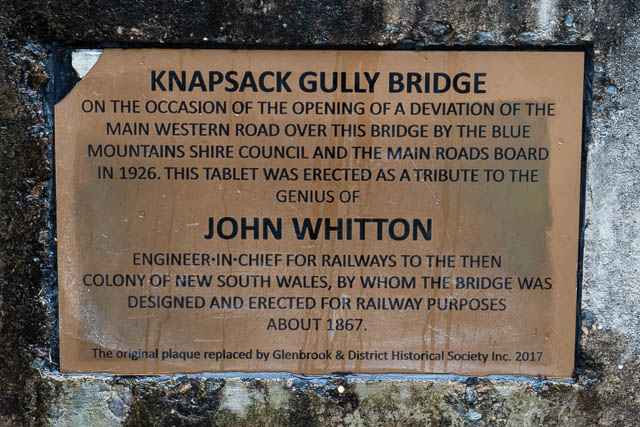
There is a new track that goes up to the lower end of the bridge. Once we crusaded we descended a short track into there gully to visit an old mine shaft –
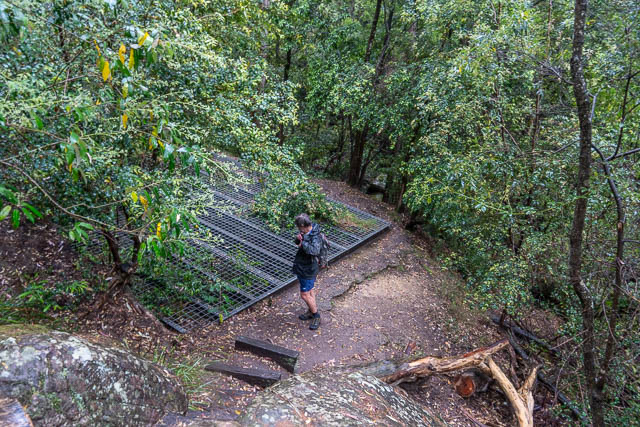
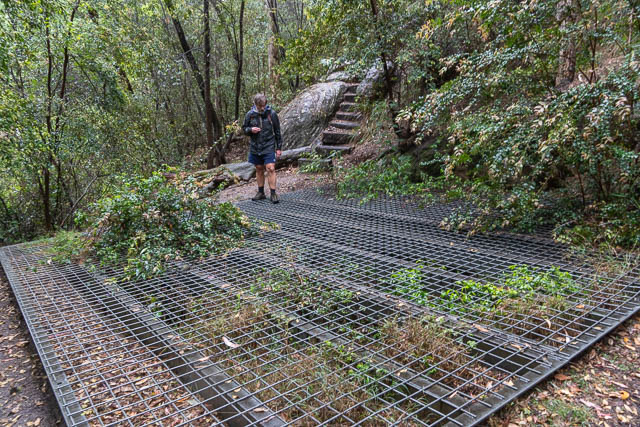
Looking down between the mesh –
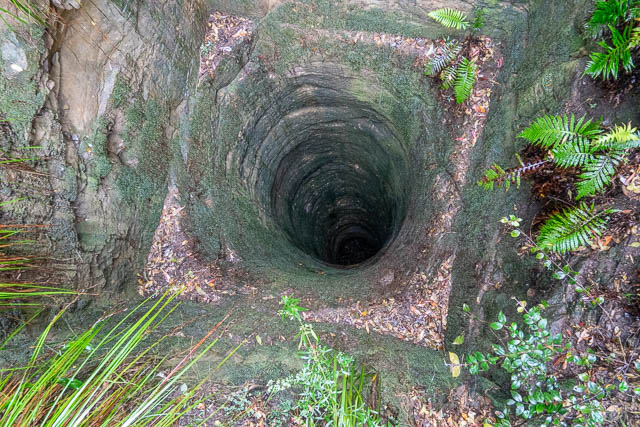
The hole would be about 3 or 4 m across.
What is the purpose of this very deep shaft? This quote sheds some light –
A syndicate from Newcastle sank a shaft near Knapsack Bridge about 1870. They sank 300 ft and bored 400 ft. The site of this attempt to find coal is about 250 yards up from the river.
Thanks to Bruce Cameron for sending me a copy of this article on the history of Emu Plains from the Nepean Times, 8 December 1960, page 10.
We then continued up a track to the new Top Points Lookout.
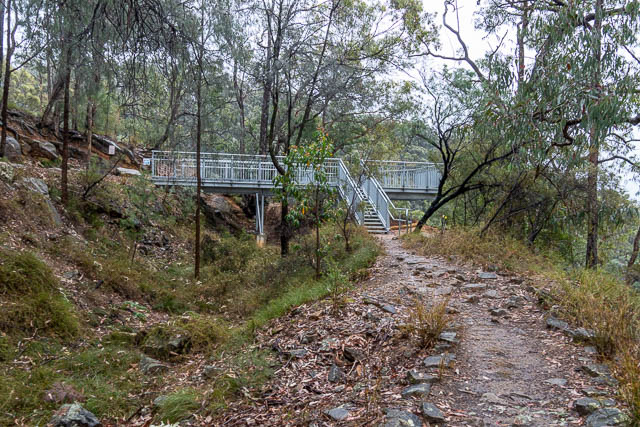
From here we could look down and see the original viaduct, and then lower down, the 1913 viaduct, which is still used by the railway today.

Nearby is an old private station – Lucasville.
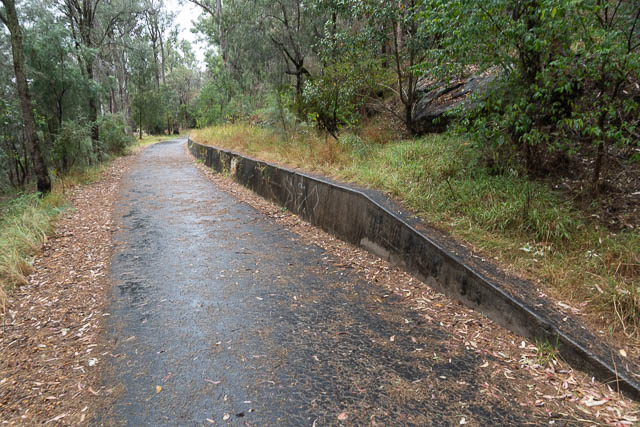
These steps led to Hon John Lucas’s cottage.
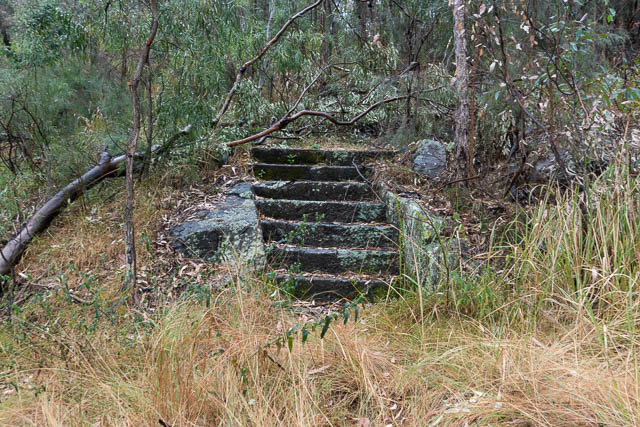
We then reached the location of the top points on the Little Zig Zag. When built the Little Zig Zag was the greatest engineering feat in Australia (it was superseded two years later by the Lithgow Zig Zag)

We followed the path going down.

At one place we investigated this old culvert –
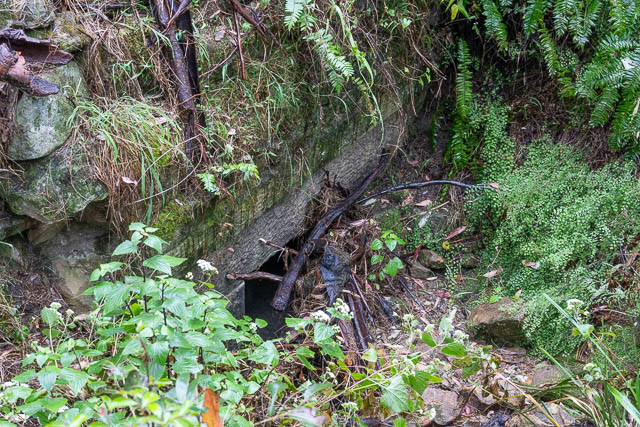
Pointsman’s cottage site.
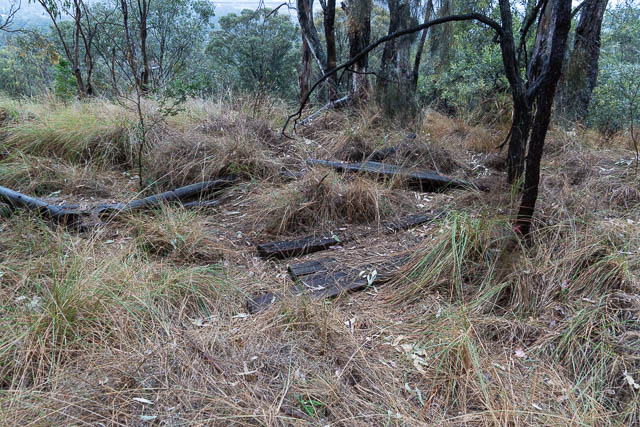
We then reached an old quarry, which was used for material for the viaduct. We took a path under the highway towards Lapstone. At a water tank, we entered the cutting for a later deviation –

Further along is this partly restored culvert –

This cutting took us to the old Lapstone-Glenbrook tunnel. This was build around 1891 to replace the zig zag, to allow for longer trains and it saved time.
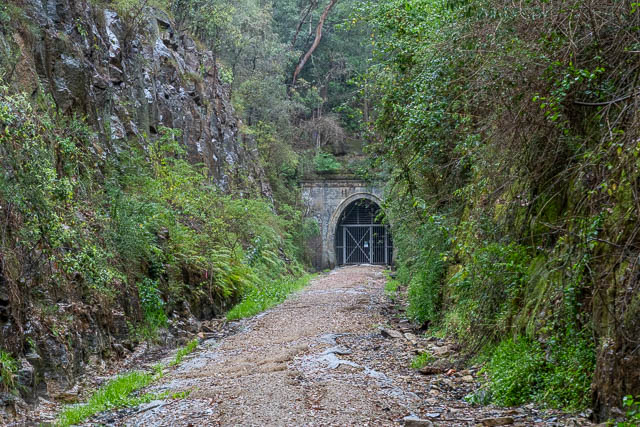
The tunnel was not satisfactory however. There were major problems with water entering the tunnel, which caused traction problems with the locomotives. It was replaced, gradually in 1913 when the Glenbrook Gorge deviation was completed. At first that deviation was used for uphill trains and this tunnel used for downhill trains until the second line was completed on the new deviation.
The tunnel was later used to grow mushrooms, and in WWII to store mustard gas (before it was shifted to the Newnes Plateau). And then it was used again for mushroom growing. Lately, the tunnel and cuttings have been cleared of rubbish by Blue Mountains Council contractors and it is intended to sue the tunnel was cycleway/walkway. However, water problems still exist – and you can see the new surface has been washed away at the eastern portal –
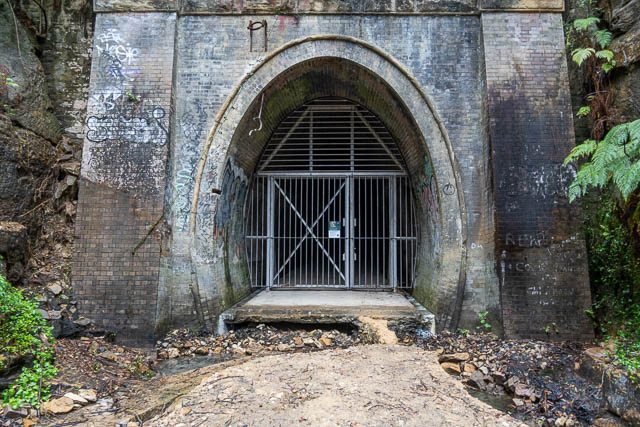
The washed out section has exposed this old stonework –
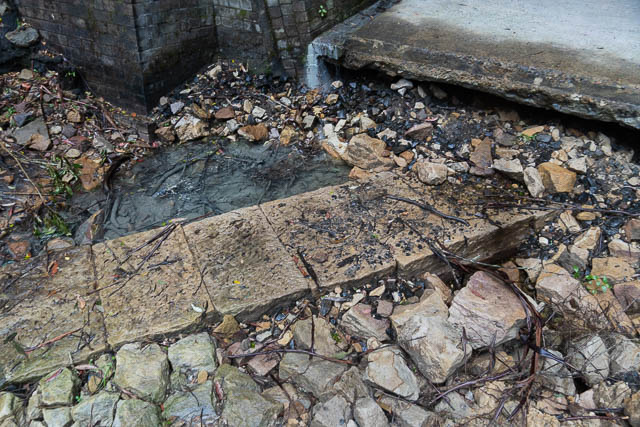
We then followed a track between the tunnel and a nearby creek.
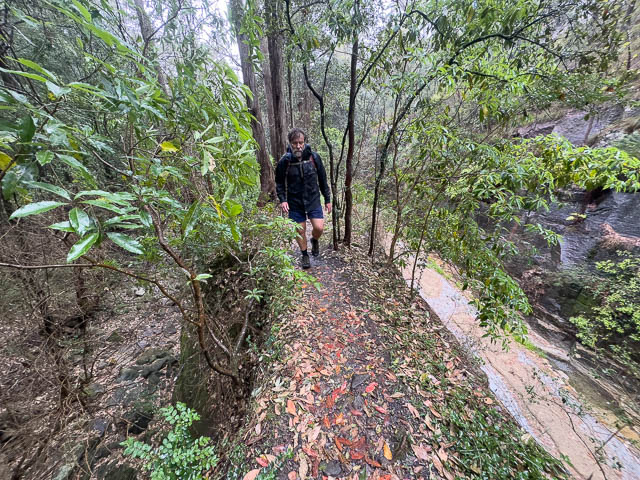
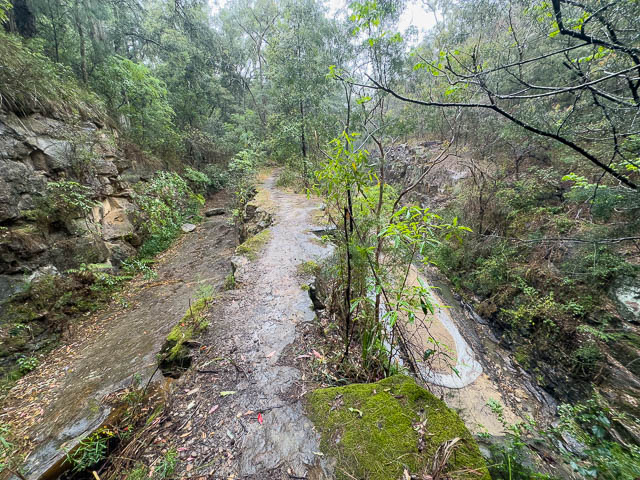
A creek, above the tunnel was diverted into the side creek in an early attempt to solve water problems in the tunnel.
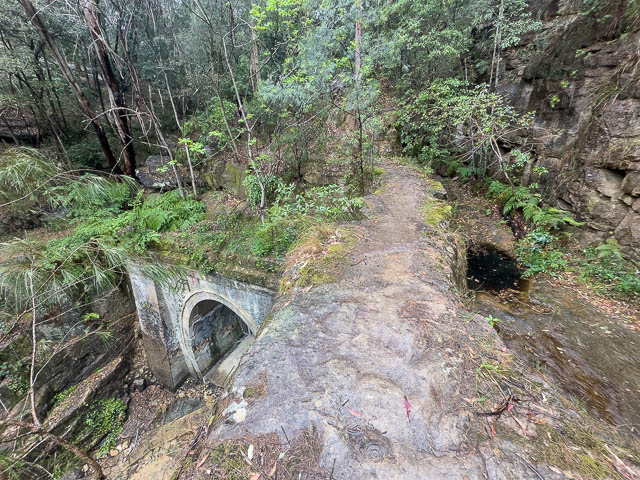
We then followed tracks which took us to Darks Common.
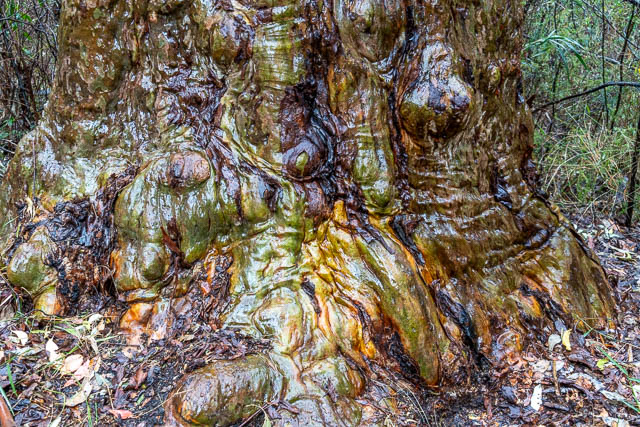
Darks Common, is a bushland reserve on the escarpment, that is named after Mick Dark (son of Dr Eric Dark and Eleanor Dark), who, with his wife, were very active conservationists in the Glenbrook area.
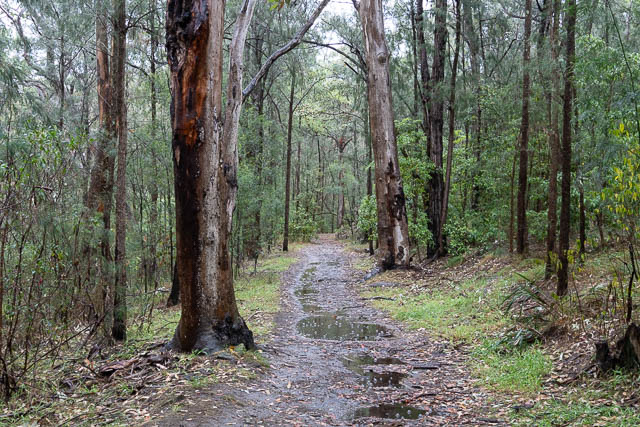
We followed a path along the old tramway. This was used to take constriction material to the Glenbrook Gorge deviation.
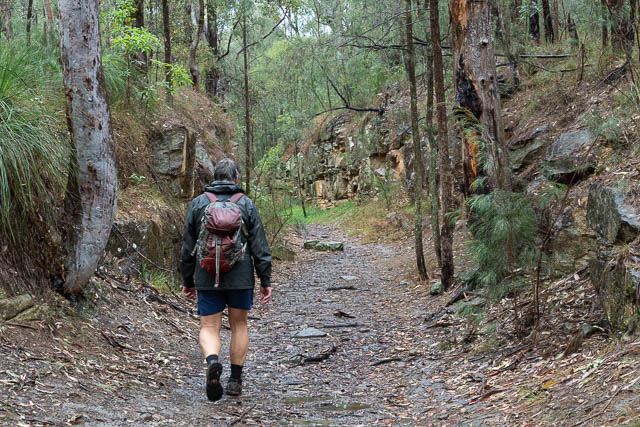
We stopped at the lookout above Glenbrook Gorge –
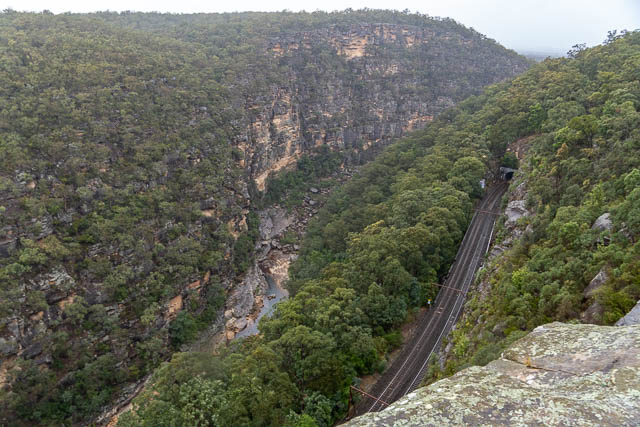
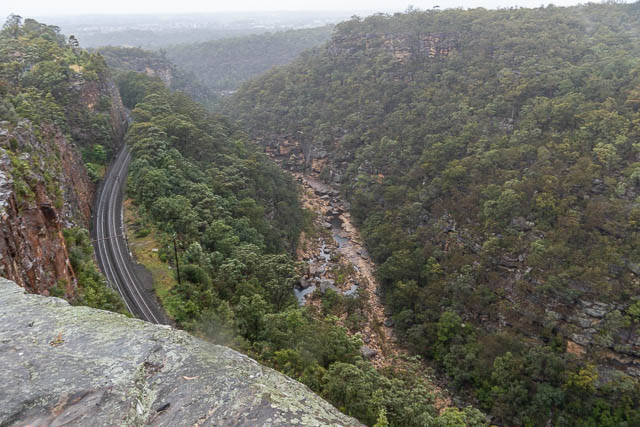
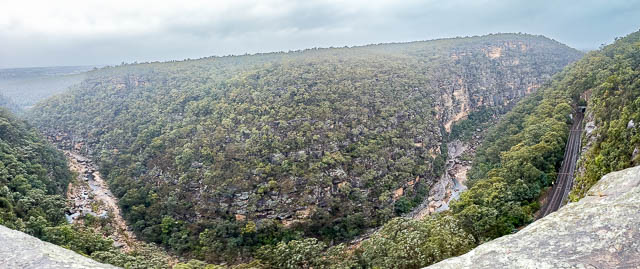
Nearby is the site of an old winding works used for a funicular which went down to the railway.
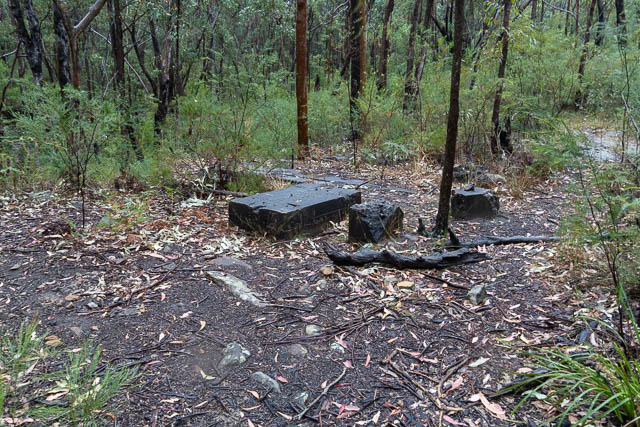
This part of the track follows the funicular route –
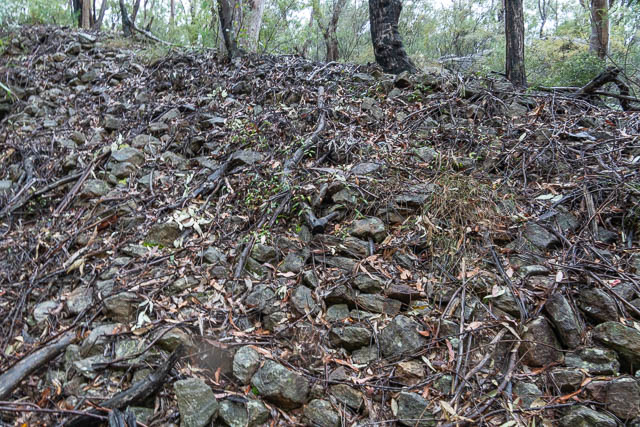
We then had lunch at the shelter shed at Bluff Lookout. And then continued around the Bluff Track.
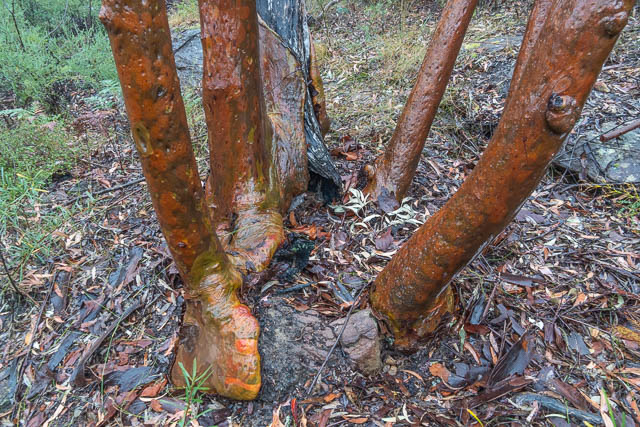
Chalmers Lookout –

We then walked through the streets of Glenbrook back to Bob’s car. Later we travelled down Mitchell Pass, over Lennox Bridge, to visit Whitton Park, where there is a memorial to railway engineer John Whitton –
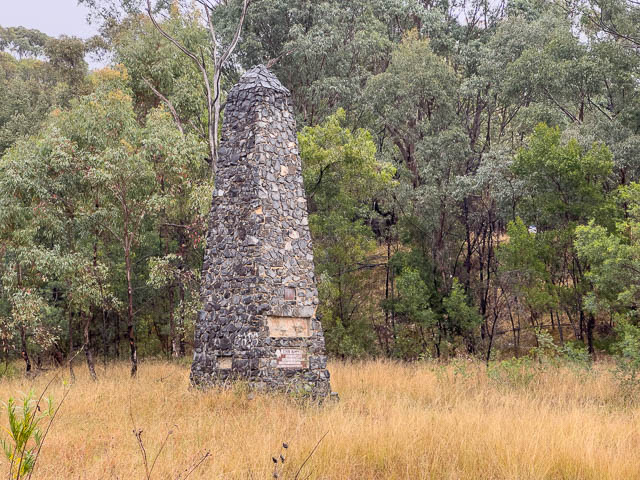
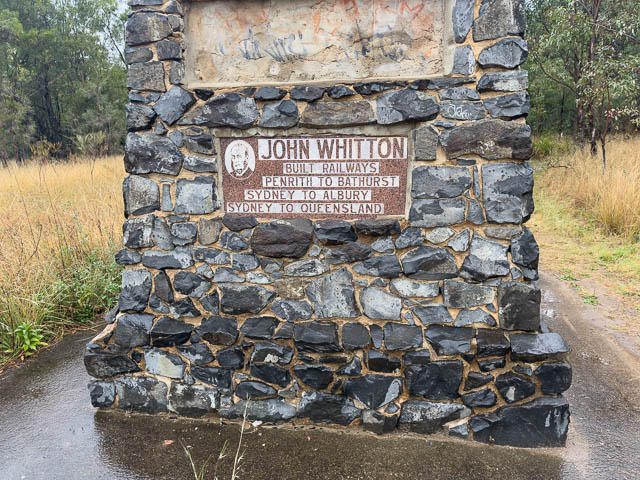
And nearby are ruins to the Gatekeeper’s Cottage.
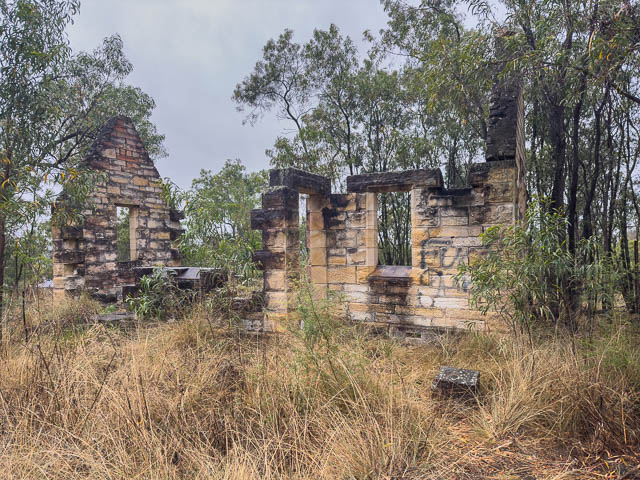
I think this may have later been the Hall family residence (Machin Hall, Lincoln Hall – Blue Labyrinth explorers).

For your interest: Valerie Lhuede, the woman who conserved Yarranderie and donated it to NPWS passed away aged 101. See obit at Sydney Morning Herald: https://www.smh.com.au/national/nsw/the-woman-who-fell-in-love-with-a-ghost-town-20241001-p5kf0f.html